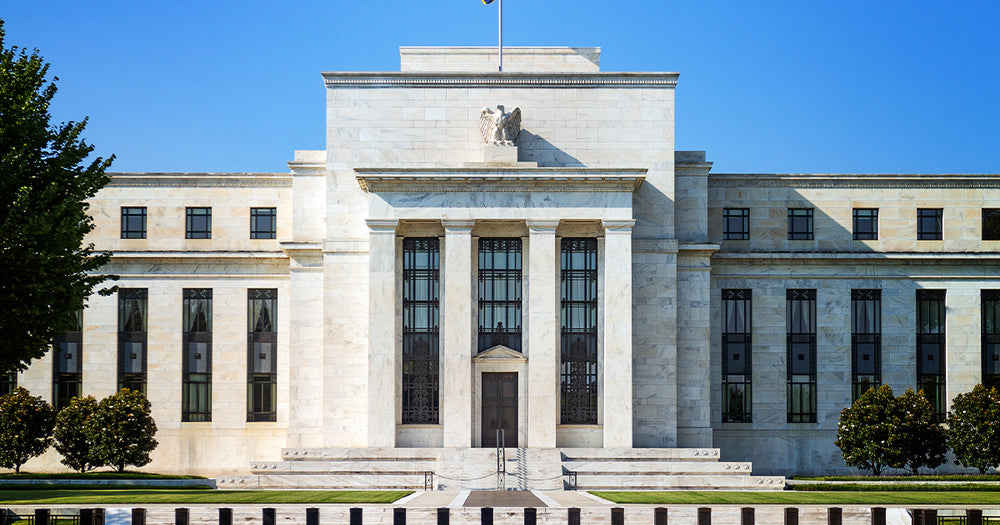A Brief History Of The Federal Reserve

The Federal Reserve System was established in 1913 as the central bank of the United States. Its creation was primarily motivated by the need to address frequent banking panics and economic instability that had plagued the nation throughout the 19th century.
Key events and developments in the Fed's history include:
- 1913: The Federal Reserve Act establishes the Fed as a decentralized central bank, divided into 12 regional Federal Reserve Banks.
- 1920s: The Fed plays a role in stabilizing the economy during the Roaring Twenties, but its monetary policy is criticized for contributing to the stock market crash of 1929.
- Great Depression: The Fed's response to the Great Depression is a subject of much debate. Some argue that its failure to act more aggressively contributed to the severity of the crisis. However, others point to the Fed's efforts to increase the money supply and provide emergency liquidity.
- 1930s: The Federal Reserve Act is amended to give the Fed greater authority over the money supply and to establish the Federal Deposit Insurance Corporation (FDIC) to protect bank depositors.
- World War II: The Fed plays a crucial role in financing the war effort by purchasing government bonds and keeping interest rates low.
- Post-war era: The Fed focuses on maintaining price stability and economic growth. It also plays a role in international monetary cooperation.
- Great Recession: The Fed takes aggressive measures to combat the Great Recession, including implementing quantitative easing and lowering interest rates to near zero.
Today, the Federal Reserve continues to play a vital role in the U.S. economy. Its primary responsibilities include:
- Monetary policy: Setting interest rates and managing the money supply to achieve price stability and sustainable economic growth.
- Banking supervision and regulation: Ensuring the safety and soundness of the banking system.
- Payment system: Facilitating the efficient movement of money throughout the economy.
The Federal Reserve's history is marked by both successes and challenges. Its decisions and actions have had a profound impact on the U.S. economy over the past century.
Trading involves substantial risk. All content is for educational purposes only and should not be considered financial advice or recommendations to buy or sell any asset. Read full terms of service.




